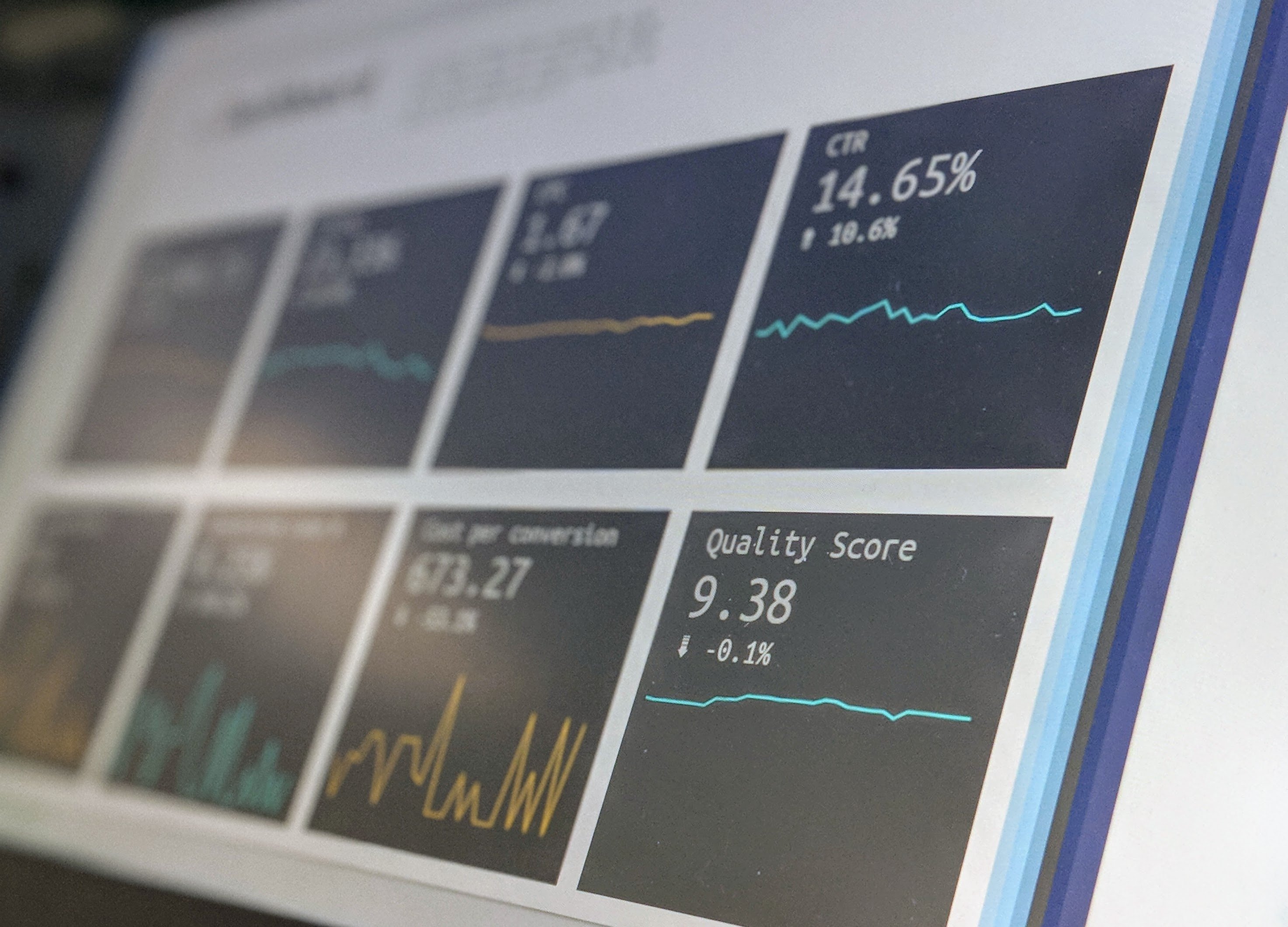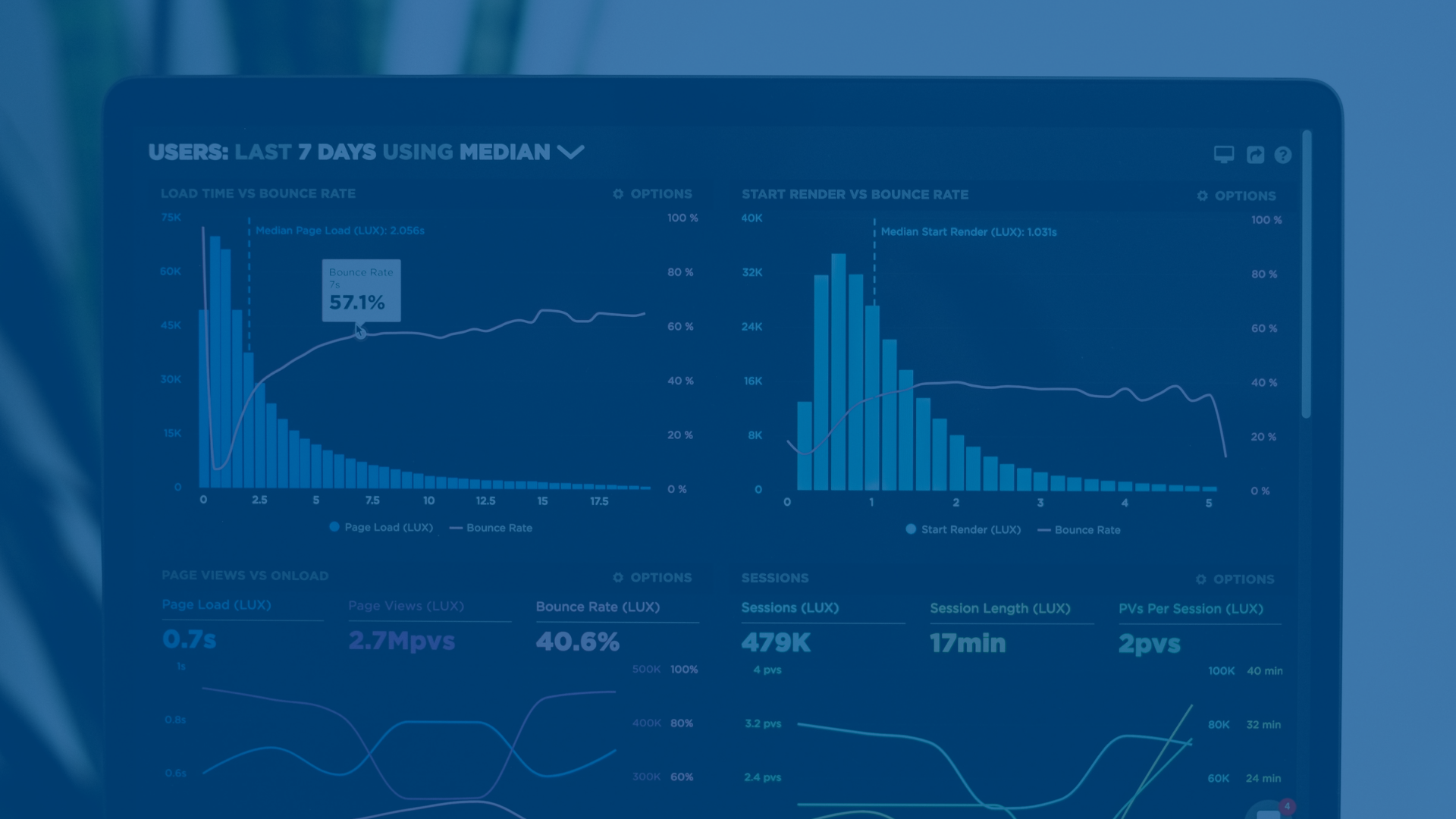How a large NZ telco used enhanced landing zones in their digital transformation journey
Key Takeaways:
- Major Telco company looking to transform their customer experience through automation, supported by a multi-cloud infrastructure.
- Automation, repeatability and scalability at speed were delivered in the platform solution.
- Azure and other multi-cloud infrastructure facilitated flexibility throughout the project.
Business transformation projects are vital for any business to ensure they’re on the cutting edge of technology and customer buying habits. But digital transformations are no easy feat. Often, they upend deeply-entrenched internal processes and require both commitment and dedication to the final vision, while needing to maintain flexibility as the scope of the project shifts and challenges emerge.
The Vision
One client of ours, Vodafone New Zealand, a major telecommunications provider, approached us for such a project, to modernize the client’s core systems, while also reshaping and improving the customer experience. As a large Telco company, maintaining a positive customer experience is absolutely essential to retention of these customers, as well as earning new ones in a highly competitive market.
Automation was at the heart of this vision for a new customer experience and OSSG was approached to build multi-Cloud based hosting platforms for the project, utilizing AWS & Azure.
 A snapshot of the environment architecture our enhancing landing zones solution was a part of. Credit: Amazon Web Services Youtube.
A snapshot of the environment architecture our enhancing landing zones solution was a part of. Credit: Amazon Web Services Youtube.
The Journey
Work for this project commenced in March 2020, with the client looking to implement an OSS/BSS Telco Solution.
As with any large-scale project, some challenges were present at the outset. The OSS/BSS systems hadn’t yet been selected, meaning we were working in previously unexplored territory and preliminary designing of the solution had to be based on assumptions. A smaller headcount was needed for the team brought into work on the project initially (although as time went on, larger-sized teams were committed).
In the beginning, building for the Landing Zones took place on AWS with further augmentation on Azure Public Cloud and on-premise Azure Stack. Building in Cloud helped overcome the typical issues experienced in a Telco context, avoiding the headaches that come working with unyielding and dated infrastructure. Use of the Landing Zones helped to quickly test and deploy a new development or platform at scale and speed, transforming development time from weeks to hours.
OSSG worked with an Agile process, allowing us to pivot to revise the design and build of the solution as more intel became available, while maintaining the initial, core objective of the project. This approach was welcomed by the client, suiting their own methods of work for the project.
“OSS Group were engaged initially due to their experience and Intellectual Property in Multi-Cloud Landing Zones,” says the client’s Tribe Delivery Lead for Infrastructure and Security. “As the program of work expanded, OSS Group were able to bring a wealth of highly skilled resources to the program, including knowledge of Public Cloud (AWS & Azure), DevOps and Automation techniques. This was beneficial to many of the delivery squads across the program. They proved to be very adaptable and flexible, especially as we moved through an agile program of work over the last 2 years.”
An initial top-level Foundation Platform and Security design was developed outlining best practices, with “only cloud, avoid on-prem” being the agreed-on principle. Adhering to an “everything by automation” approach was strongly favored as well to ensure efficiency with changes and rebuilds, with Hashicorp’s Terraform providing the perfect technology to facilitate this. As the project progressed, we were tasked to produce a backup and restore system via Cohesity as well as provide continuing support for the client’s program operationally.
Ultimately, automation, repeatability and scalability were the core foundational maxims we sought to deliver during the project for the client.
Outcome and Future State
With a projected completion of early 2022, the project is expected to move into production and become FMO, although the project will remain in a fluid state to compensate for additional revisions and improvements.
“This platform will form the key foundation stone for the business,” says OSSG’s Head of Sales, Grant Olliff, “Customer Solutions will be built around this to ensure they remain up to date with customer trends and desires in the future.”
The future scope of this project is to use it as the blueprint for new contemporary customer solutions designs, keeping the client on the vanguard of emerging customer behaviours and trends.
If you're curious to know more about Vodafone's digital transformation project, have a watch of this insightful video:
Interested in using landing zones for your business solution? Have a chat with us
Share this
You May Also Like
These Related Stories

Navigating AWS Account Migration with Precision

Big Data Platforms: How to Control Costs and Manage Resources Effectively
